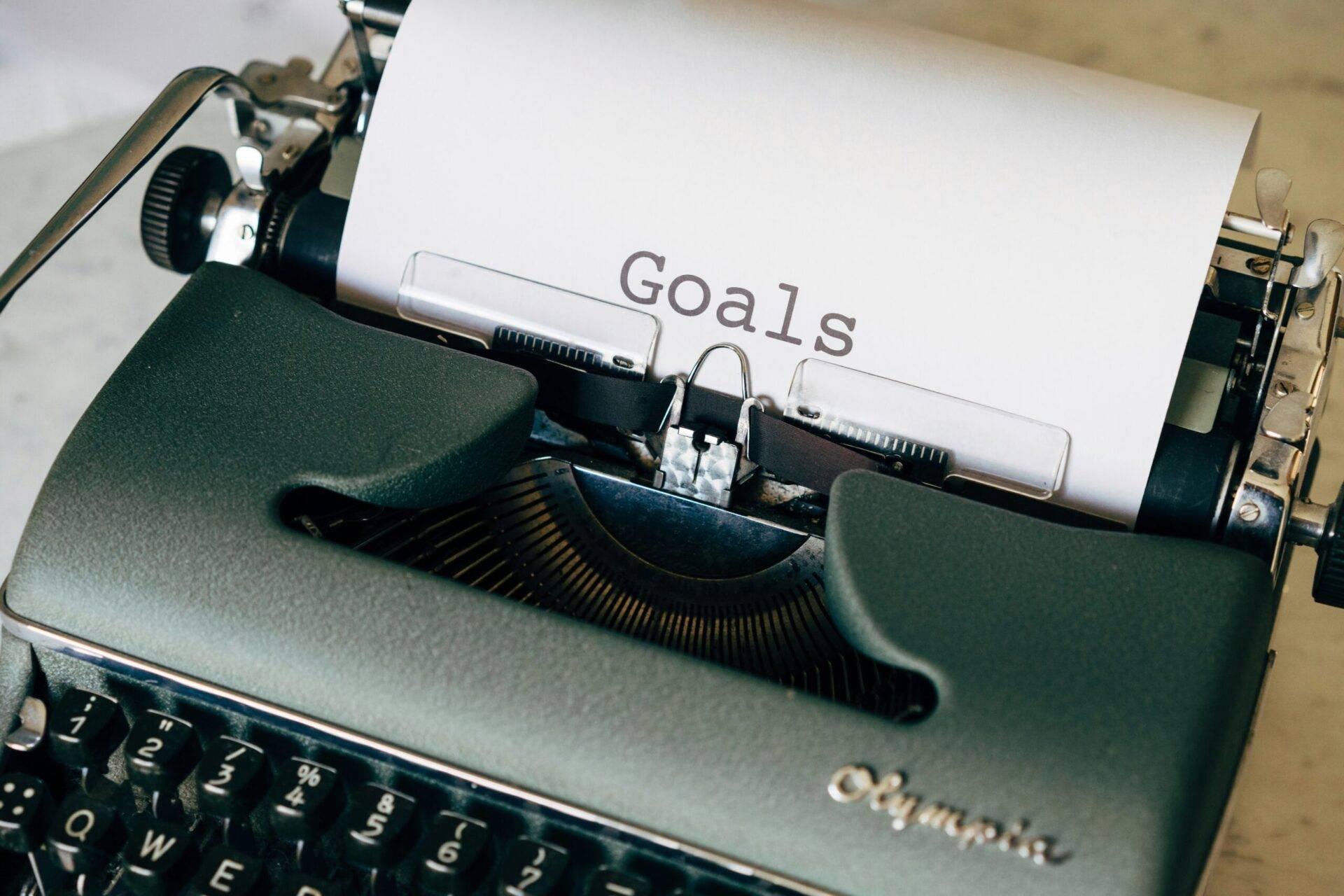“10 Ways I Keep My Resolutions from Fading and Fizzling”


At the dawn of each new year, we set ambitious goals, buoyed by the feeling we can tackle anything — and now is the time to do it. Then the daily grind sets in, our initial enthusiasm wanes, and the novelty of new goals fades. Or we miss a goal, or a plan goes sideways, and we want to throw it out the window, along with any progress made.
This isn’t because of a lack of commitment or desire but a difference in how our brains work. Setting goals that work for ADHD brains requires understanding, self-acceptance, and reasonable expectations. Here are a few tips on extending that New Year momentum.
How to Set Goals and Achieve Them with ADHD
1. Set Goals Aligned with Your Values
Before diving head-first into goal setting, consider what’s important to you. By starting with what truly matters, you’ll select more meaningful goals, increasing the likelihood of following through with them even when your momentum wanes. Reflect on your values through journaling or explore lists of common ones, like Brené Brown’s Dare to Lead List of Values.
2. Reflect on Feelings or Themes You Want to Experience
Instead of focusing on specific tangible goals, determine the desired emotions or themes you want to feel, such as ‘rested,’ ‘inspired, ‘creative,’ or ‘balanced.’
3. Swap Outcome-Oriented Goals for Process-Oriented Goals
We can feel frustrated and discouraged when we set — but don’t achieve — goals (even if it is due to factors out of our control). For example, if you set a goal to lose 20 pounds and only lose 10 pounds, yet you show up to the gym consistently and eat healthy, you still end up ‘failing.’ Instead, set goals around improving a skill or engaging in an activity regularly rather than a specific outcome.
[Sign Up: Free Re-Start Class from ADDitude]
4. Set Seasonal Goals
Year-long goals can quickly sputter and stall for adults with ADHD who crave immediate rewards. Setting seasonal or quarterly goals keeps the end in sight, allowing you the flexibility to change your goals as priorities shift throughout the year. It also forces you to reflect on your progress more frequently.
5. Visualize and Keep Goals Visible
If you’re anything like me, you forget your goals pretty quickly. Creating a visual or auditory reminder can be a powerful motivator to keep goals fresh in your mind. I like to make a digital vision board with images, quotes, and items representing my values and goals for the year. Place these visuals around your room, in your wallet, or as your phone’s background. Here are some of my favorite vision board templates from Canva.
6. Create a Resiliency Plan
Take some time to jot down ideas on potential obstacles that may pop up and strategies for getting back on track. Coming up with a plan when you’re calm and in a good headspace is far easier than when chaos or stress ensues.
7. Include the ‘Baby Steps’
Nobody runs without learning to walk, and nobody walks without crawling first. For each goal you set, write down an alternative ‘baby step.’ For example, if your goal is 30 minutes on the treadmill daily, the ‘baby step’ could be putting on your workout clothes each day or going to the gym. This approach ensures you keep moving forward, even in small ways.
[Free Download: The ADHD Healthy Habits Handbook]
8. Add Accountability
Incorporate accountability into your goal-setting plan from the start. Find a check-in buddy or a partner for activities like going to the gym and regularly get in touch with them.
9. Challenge Your ADHD Brain
We know that ADHD brains get bored quickly. Set mini-goals or try new activities to keep your interest piqued and cater to your need for novelty. For example, learn to do a handstand, hike every two-mile path in your city, or teach yourself how to Samba.
10. Stay Flexible and Kind
Above all, remember that the goal is to live your best life, not to achieve maximum productivity. Be gentle with yourself and allow for flexibility in your plans.
Understanding and working with our unique brains is key to maintaining the New Year momentum. We can make consistent progress toward our goals by focusing on our values, embracing flexibility, and celebrating small victories. Remember, it’s not about perfection; it’s about progress, self-acceptance, and finding joy in the journey. Here’s to a year of growth, self-discovery, and sustained motivation!
How to Set Goals: Next Steps
SUPPORT ADDITUDE
Thank you for reading ADDitude. To support our mission of providing ADHD education and support, please consider subscribing. Your readership and support help make our content and outreach possible. Thank you.
















Leave a comment